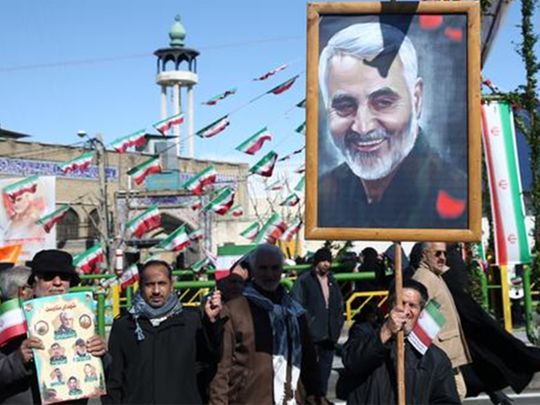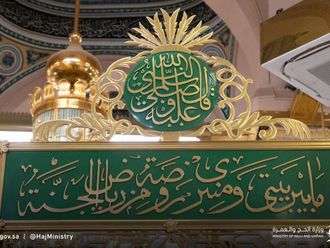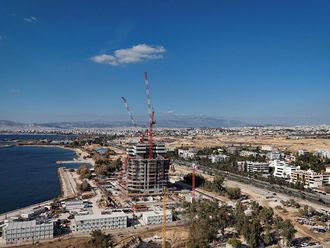
Cairo: Three days into 2020, simmering tensions between Washington and Tehran took an extremely serious turn when a US drone strike killed a top Iranian general near the Baghdad airport.
On January 3, Qasim Soleimani, the architect of Iran’s regional interventions, flew into Iraq reportedly from Syria or Lebanon where Iran has wielded influence. Abu Mahdi Al Muhandis, the deputy commander of Iraq’s Iran-backed militia Al Hashd Al Shabi or the Popular Mobilisation Forces was at the airport to welcome Soleimani.
Shortly afterwards, a US drone strike targeted their vehicle outside the Baghdad airport, leaving both men and several others dead and stoking up US-Iranian tensions.
Soleimani, 62, was the chief of Iran’s self-styled Quds Force affiliated with the Revolutionary Guard that has forged strong links with Tehran’s proxy militias in Yemen, Iraq, Lebanon and Syria.
In the recent years before his killing, Soleimani was a frequent traveller to war-torn Syria where he appeared in photos and documentaries on the battleground.
The strike against him was ordered by US President Donald Trump “in a decisive defensive action to protect US personnel abroad,” the Pentagon said.
“General Soleimani was actively developing plans to attack American diplomats and service members in Iraq and throughout the region. General Soleimani and his Quds Force were responsible for the deaths of hundreds of American and coalition service members and the wounding of thousands more,” the US Department of Defence said.
Trump accused Soleimani of killing or badly injuring thousands of Americans over an extended period of time.
“[He] was plotting to kill many more...but got caught!” Trump later tweeted. “He was directly and indirectly responsible for the death of millions of people, including the recent large number of protesters killed in Iran itself,” Trump added.
Due to the heightened tensions, the US urged its citizens in Iraq to leave “immediately”. Soleimani’s assassination outraged Iran, which in retaliation fired missiles on January 8 at airbases in western and northern Iraq hosting US forces. The operation that Iran codenamed “Martyr Soelimani” caused material damage, but no casualties.
Iran had notified the Iraqi government ahead of the attack and Baghdad reportedly passed on the information to Washington.
'Disaster'
The military escalation came against a backdrop of tensions that erupted between the US and Iran since Trump had pulled in 2018 his country out of an international nuclear deal that the administration of his Democratic predecessor Barack Obama signed three years earlier. Trump branded the deal as a “disaster” and an “embarrassment” to the US and reimposed crippling sanctions on Iran.
On December 27, 2019, a US contractor was killed and several military personnel were injured in a rocket attack in northern Iraq. The US blamed Iran-backed Iraqi paramilitaries for the attack.
In retaliation, the US mounted a series of air strikes against military facilities belonging to Kateb Hezbollah, a faction of Iraq’s Hashd Al Shabi. Some 25 militiamen were killed and 50 others injured in the attack, according to the militia.
In response, dozens of the Hashd loyalists stormed the US embassy compound in Baghdad and torched a reception area.
In recent months, Iraqi bases housing US-led coalition troops and the Baghdad Green Zone where the US embassy is located have come under a spate of rocket attacks blamed on pro-Iranian militias.








